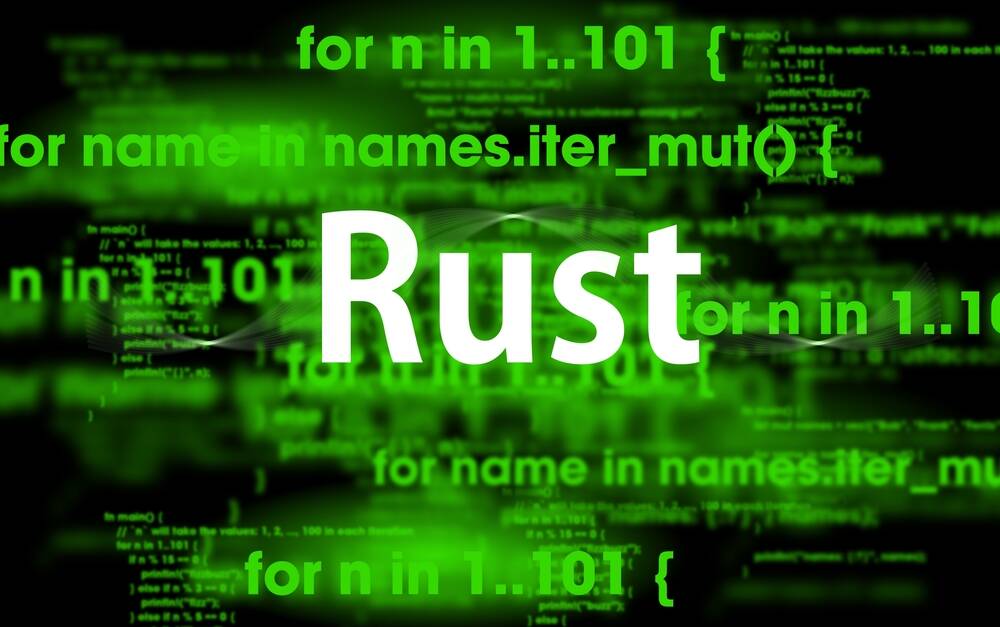Google recently rewrote the firmware for protected virtual machines in its Android Virtualization Framework using the Rust programming language and wants you to do the same, assuming you deal with firmware.
In a write-up on Thursday, Android engineers Ivan Lozano and Dominik Maier dig into the technical details of replacing legacy C and C++ code with Rust.
“You’ll see how easy it is to boost security with drop-in Rust replacements, and we’ll even demonstrate how the Rust toolchain can handle specialized bare-metal targets,” said Lozano and Maier.
Easy is not a term commonly heard with regard to a programming language known for its steep learning curve.
Nor is it easy to get C and C++ developers to see the world with Rust-tinted lenses. Just last week, one of the maintainers of the Rust for Linux project - created to work Rust code into the C-based Linux kernel - stepped down, citing resistance from Linux kernel developers.
“Here’s the thing, you’re not going to force all of us to learn Rust,” said a Linux kernel contributor during a lively discussion earlier this year at a conference.



I believe that’s incorrect. The reporter who started this rumor either misunderstood the meaning of the chart or was lying through his teeth. I’ll find the original source and share it here later.
Linux Foundation Report.
This is the actual source. If you simply scroll through it, you’ll see they’re investing in many things that move the Linux ecosystem forward. Open standards, open hardware, security in the software stack, providing for latest market needs, keeping an eye on legislation that could affect Linux, staying in touch with important entities in the industry, and so on.
Scroll down near the bottom and you’ll find where the reporter got their information from. It’s an expenditure chart and, sure enough, it says “Linux Kernel Support 2%” Note, however, that it also says:
Note that it doesn’t say how any of them is further divided. Remember all the things I mentioned earlier? All of that is value for Linux as a whole.
Software projects aren’t just about programming the big thing. Working on a large project will show you this. Could the foundation spend more on Linux? Maybe. But saying they only spend 2% on it is disingenuous.
The reporter doesn’t mention this in his clickbait piece, either because he doesn’t get it in the first place, or more likely because he just wants to push his views.
This is yet another example why Lunduke isn’t a credible source of news.